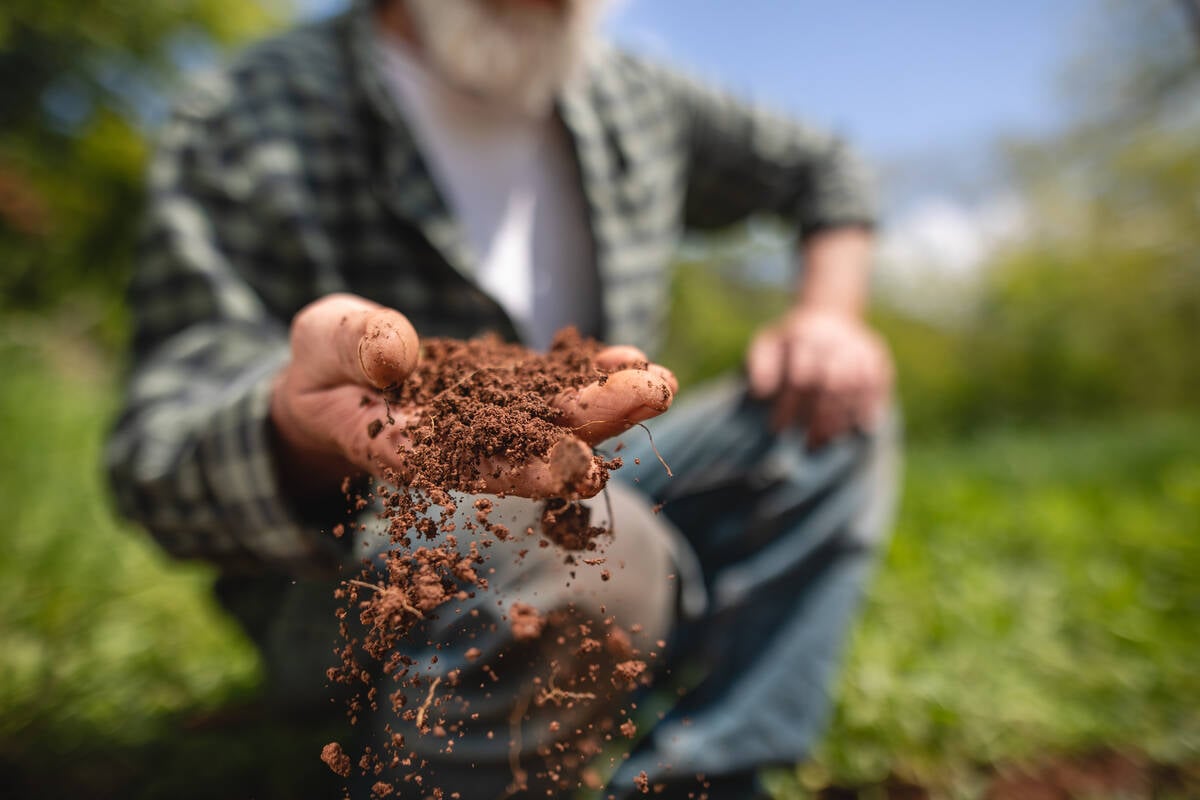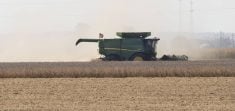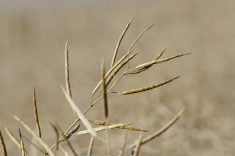For a few hours last week Canadian farmers thought they were getting back China.
In a world grappling with a global pandemic, the return of their biggest canola seed customer was a shot of good news. But the news report saying that was wrong, dashed their hopes. Instead what they got was another turn of the screw.
What happened instead was China told Canadian officials during a call March 30 that after the memorandum of understanding (MOU) on canola dockage expired March 31, it would continue to import canola seed at current reduced levels, but the allowable dockage would now be less than one per cent, instead of 2.5.
Read Also

Finally getting paid for sustainable farming?
Alberta project says they might have a line on a workable ecosystem credit model to reward farmers for sustainability, and Manitoba might be next
“Over the last year industry has been adjusting because it is conscious of China’s low dockage level restrictions and the majority of our shipments were at the one per cent or below dockage,” a Canadian government official with knowledge of the call, said in an interview March 31.
The MOU was not extended, or renegotiated, much to Canada’s dismay.
“In fact we probably took a small step back,” Canadian Canola Growers Association president and CEO Rick White said in an interview March 31. “There’s just more risk and uncertainty around it now.”
In March 2019 China blocked Richardson International and then Viterra, Canada’s two biggest canola seed exports, from shipping canola to China alleging it contained pests, including weed seeds and a strain of blackleg, a fungal disease that affects canola and rapeseed, which China doesn’t have.
The Canadian Food Inspection Agency (CFIA) said the complaint was unwarranted.
Since then Canadian canola seed exports to China are 30 per cent of normal and Richardson International and Viterra are still not exporting any canola to China.
China’s actions are widely believed to be aimed at punishing Canada for its December 2018 arrest of Meng Wanzhou, vice-president of Chinese technology firm Huawei, at the United States’ request. But dockage has been an irritant for years.
Why it matters: China was Canada’s biggest canola seed customer importing 4.8 million tonnes worth $2.7 billion in 2017- 18. Despite Canada’s efforts, including launching a case before the World Trade Organization, there appears to be no progress in restoring normal canola seed trade.
White and Canola Council of Canada president Jim Everson are troubled that China has rejected the science underlying the MOU signed in 2016. It followed joint studies by Canada and China into the risk dockage posed to China’s rapeseed production.
“Our research has shown that dockage in Canadian canola posed a low risk to Chinese rapeseed and other brassica crops,” the Canadian Food Inspection Agency (CFIA) said in an email May 10, 2019.
“A dockage study report prepared in December of 2015 concluded that the blackleg risk did not vary significantly with the level of dockage in canola. However, China did not agree with the report’s conclusions. Additional research in response to China’s concerns was initiated in 2016 and completed in late 2018, which has not been shared with China.”
China’s canola capriciousness goes back to 2009 when it first raised concerns about dockage and blackleg (see sidebar).
“It’s over a year now and there’s no end to the unpredictability over this situation,” Everson said in an interview March 31. “Producers are about to head into the field again. There’s no clarity as to the science behind the current trade situation with China. It’s a situation where we need to resolve it and get back to a flow of predictable trade based on trade rules and that hasn’t happened so far.”
Dockage is a specification normally negotiated between sellers and buyers, Everson said, alluding to the fact that the Chinese government, not individual Chinese canola crushers, is dictating less than one per cent.
“Achieving lower dockage levels requires an investment (by grain terminals into cleaning equipment),” he added. “It ought to be a matter of a commercial decision.”
The canola council and Canadian government have been working to diversify Canada’s canola market and increased shipments have been going to places such as the European Union, Pakistan and the Middle East.
“Is the Chinese demand being fully met by other means and mechanisms? Being an economist I look at the total demand picture,” White said. “I don’t think it has changed much. It’s just where the supply is coming from.”
The canola industry has been wondering for weeks what China would do when the MOU ended. Then China called.
“I should be clear it was not a negotiation, it was not a deal,” a government official said. “It was just them outlining what they would permit. They basically said the continuation of Canadian canola trade will be permitted at the reduced level and obviously at (less than) one per cent dockage.”
Canada continues to export small volumes of canola to China, but shipments from Richardson International and Viterra, are blocked, Everson said.
“The key thing is our objective to have all of our exporters to be able to engage in that trade and to have a rules-based predictable situation. We haven’t got that yet. We’re going to continue to work with the Government of Canada to achieve it.”
Everson also wants to be sure China’s dockage rule doesn’t just apply to Canada, which would contravene WTO rules.
Canada launched a complaint against China at the WTO in September 2019. The two countries had their first face-to-face meeting on the issue at the WTO’s offices in Geneva Switzerland Oct. 26, 2019.
While every country has the right under WTO rules to protect its plants from imported pests, countries that restrict imports due to sanitary and phytosanitary concerns must demonstrate the threat is real and take precautionary measures that cause the least disruption to trade.
There’s no guarantee Canada will win, University of Manitoba agricultural economist Ryan Cardwell said in an interview Sept. 12, 2019.
If it did Canada would be allowed to set punitive tariffs on Chinese imports, but given that would result in higher costs for Canadian consumers Canada might opt not to do that, he said.
Last spring Canadian farmers seeded 21 million acres of canola, down eight per cent from 2018, Statistics Canada reported. While that was the lowest since 2016, it still represented the fourth-highest canola area on record.
It’s unclear how the China situation will affect canola plantings this spring, White said.
“There are a few million acres (unharvested) in swaths under snow and that could be good canola acreage, but it may go into something else because with canola everybody wants to, and needs to, seed it early as possible and that’s not conducive to seeding canola after you have harvested in the spring.”
















